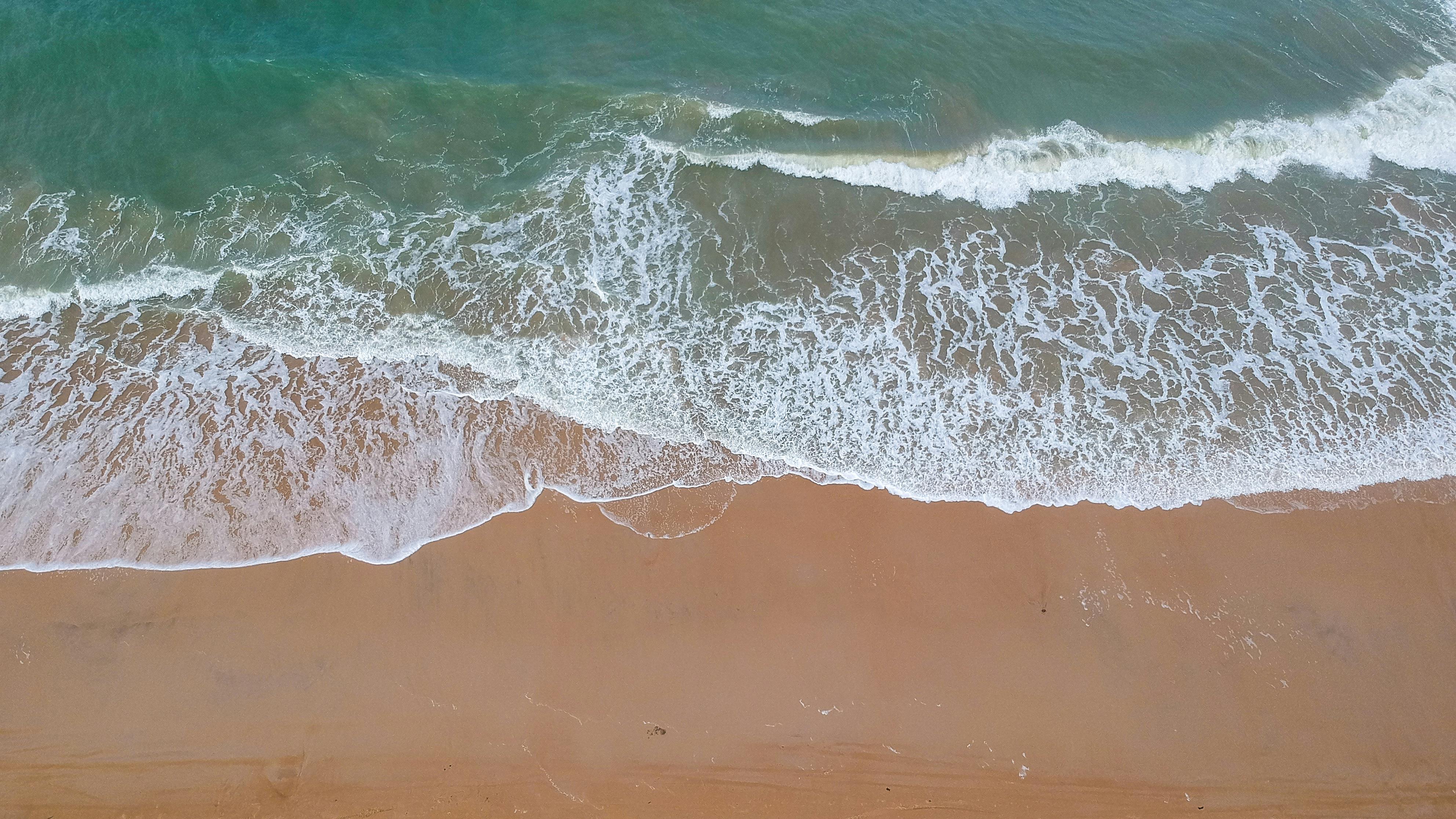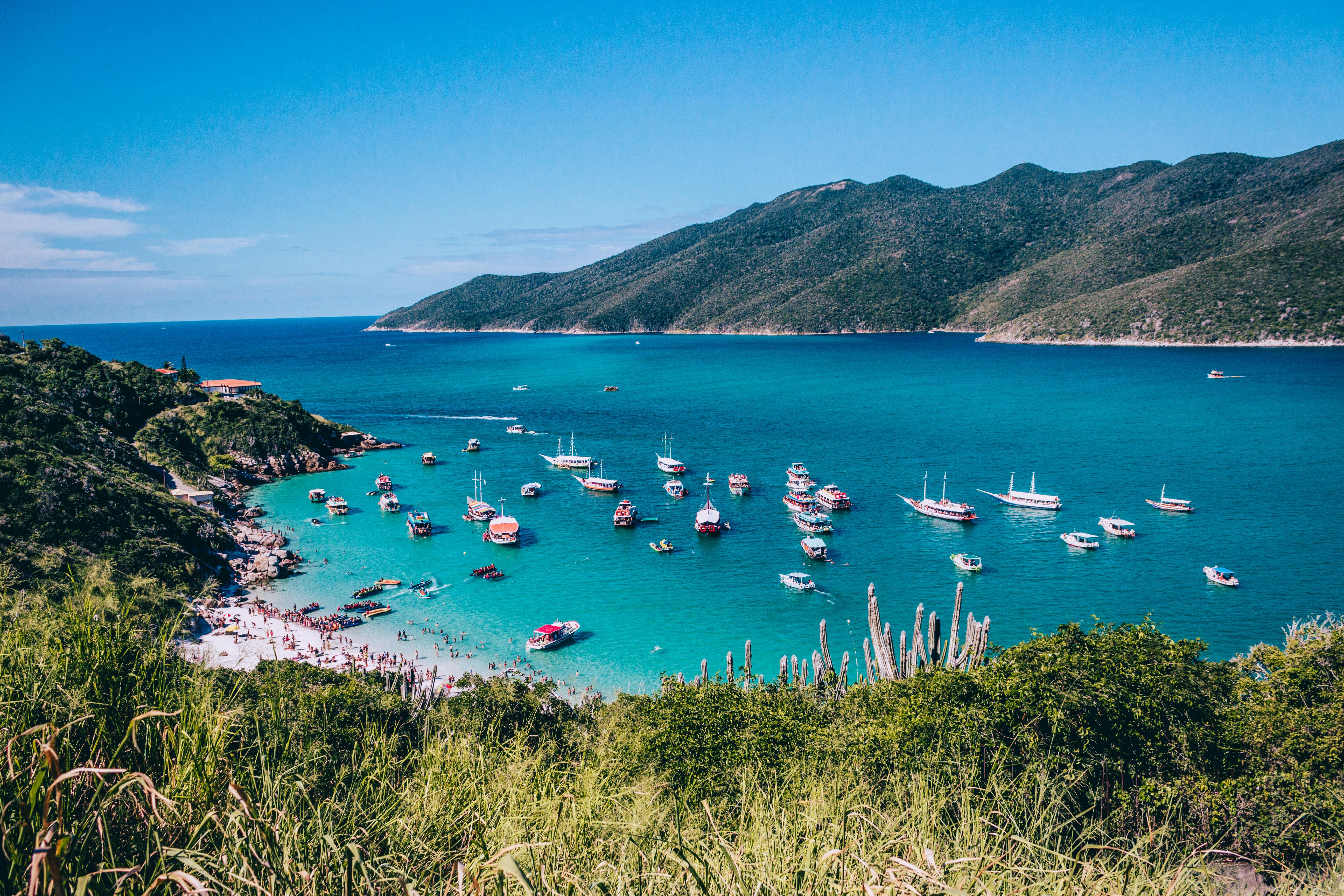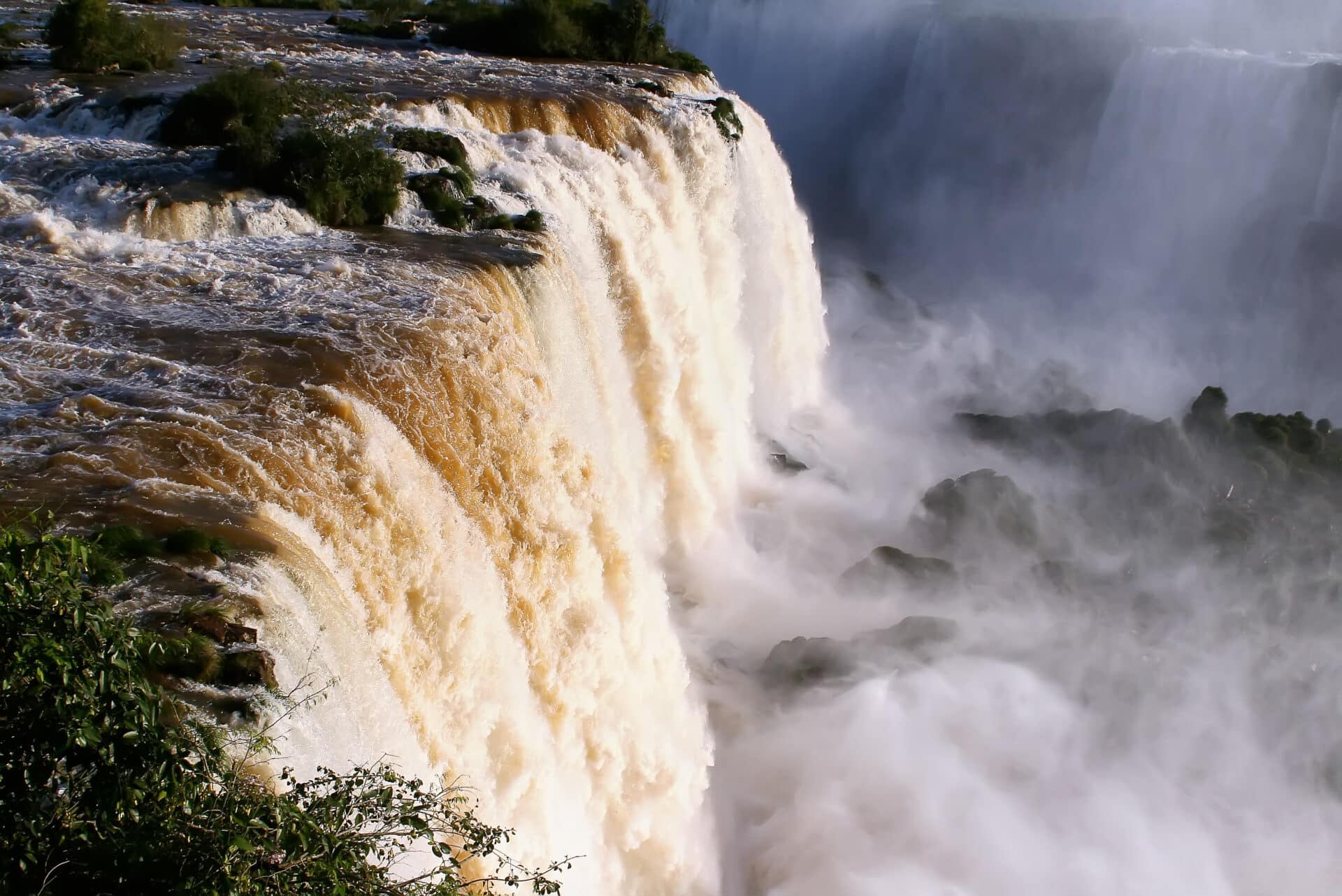Distilled water is a type of purified water that has been treated to remove impurities, minerals, and other contaminants. Distillation is the process of boiling water, collecting the resulting steam, then cooling it back down to liquid form. This process removes virtually all of the impurities and minerals from the water. When done correctly, distilled water is free of contaminants and has a neutral pH level. It is often used in scientific experiments and medical procedures due to its purity. In this article, we will discuss how distilled water is made and its various uses in everyday life.Distilled water is water that has been boiled into vapor and then condensed back into liquid form. It is free of minerals, salts, and other impurities found in natural water sources. Distilled water is commonly used in medical, laboratory, and industrial applications. It can also be used as drinking water but it does not have the same taste or nutritional value as tap water.
What is the Distillation Process?
Distillation is a process of separating mixtures based on their different boiling points. It is used to separate liquids from solids, or to purify liquids by removing impurities. In distillation, a mixture is heated until it begins to boil and the vapors are condensed into a separate container. The vapors contain the more volatile components of the mixture, while the residue in the original container contains the less volatile components. The distillation process is based on the differences in volatility between components of a mixture.
The distillation process involves two main steps: heating and condensation. During heating, molecules with higher volatility will evaporate faster than those with lower volatility. This causes a separation of compounds in the mixture based on their molecular structure and boiling points. After heating, these molecules are then cooled so that they can condense into liquid form again in another container. This condensed liquid contains fewer impurities than the original mixture because it has been separated from less volatile compounds during the distillation process.
Distillation has long been used to separate liquids from solids, purify liquids, and produce essential oils from plant material. It is also used in many industries such as oil refineries and petrochemical plants to create products like gasoline and diesel fuel from crude oil, or to separate alcohol from fermented beverages like beer or whiskey for human consumption.
In summary, distillation is a process used to separate mixtures based on boiling points and volatilities of its components by heating them up until they evaporate and then condensing them back into liquid form in another container. It can be used for both industrial applications as well as creating essential oils or distilled beverages for human consumption.
Types of Equipment Needed to Make Distilled Water
Distilled water is made by removing all minerals, impurities, and other particles from regular water. To achieve this, a distillation system is required. The main components of such a system are a heat source, a boiling vessel, condenser, and collection container. A heat source such as a stove or hot plate is necessary to boil the water. The boiling vessel must be made of non-reactive material such as stainless steel or glass so that no toxins are released into the distilled water. The condenser is necessary to cool the steam created during boiling and turn it back into liquid form. Finally, the collection container stores the distilled water produced by the system.
In addition to these pieces of equipment, tubing and hoses are needed to transfer the steam from the boiling vessel to the condenser and then into the collection container. Air-tight connections between each component are essential for effective and safe operation of the distillation system. Finally, thermometers and other temperature measuring devices can be used to ensure that temperatures remain within safe levels throughout the process.
Benefits of Making Distilled Water
Distilled water is a type of purified water that has gone through a specific process of distillation to remove impurities. This distillation process is an effective way to remove many contaminants and reduce the risk of health issues caused by drinking contaminated water. Distilled water is often used as drinking water and in many industrial applications. There are numerous benefits to making distilled water, including improved taste and purity, cost-effectiveness, and health benefits.
The most obvious benefit of making distilled water is improved taste and purity. The distillation process removes most contaminants from the water, leaving behind only pure H2O for drinking or use in other applications. This means that the quality of your drinking water will be much higher than it would be with untreated tap water or other sources. Additionally, distilled water generally tastes better than untreated tap or well water because it has no added chemicals or minerals.
Another benefit of making distilled water is its cost-effectiveness. Distilling your own drinking or industrial-use water can be cheaper than buying pre-packaged bottled or filtered products, depending on the volume you need to produce. Additionally, as long as you have access to a clean source of regular tap or wellwater, you can easily distill large amounts of high-quality H2O for relatively low cost.
Finally, making distilled water also provides various health benefits for people who drink it regularly. Distilled drinking water does not contain any harmful chemicals or contaminants like chlorine which can cause health problems over time. Additionally, some studies have shown that distilled H2O may help improve hydration levels more effectively than other types of filtered waters because it does not contain any added minerals which can interfere with proper absorption in the body.
How to Make Distilled Water at Home
Distilled water is a type of purified water that has had both impurities and minerals removed. It is made by boiling water and then condensing the steam into a clean container, leaving behind any impurities or minerals. Making distilled water at home is possible with some simple equipment and steps.
The first step in making distilled water at home is to gather the necessary equipment. You will need a large pot with a lid, an empty clean container, an ice cube tray, and some ice cubes. You will also need a way to boil the water, such as an electric stove or hot plate. Once you have all the equipment together, you can begin the process of making distilled water.
The next step is to fill the pot with tap water and place it on the heat source. Put the lid on the pot and turn up the heat until it begins to boil. As it boils, steam will start to rise from the pot. This steam needs to be collected so it can be condensed into distilled water.
To do this, place the empty container in a location where it can collect all of the steam that rises from the boiling pot of water. Place ice cubes in an ice cube tray around or above this container so that any condensation that forms on its sides will run into it instead of dripping back into the pot of boiling water below.
Once all of the steam has been collected and condensed into liquid form in the container, you have created distilled water! Let it cool before drinking or using for other purposes such as cleaning or cooking, as boiling temperatures can be dangerous if ingested directly from a heat source.
Making distilled water at home is easy once you have all of your supplies gathered together and know how to use them properly. Not only is this method more affordable than buying pre-made distilled water from stores but it also gives you more control over how much distilled water you make at one time so you can better meet your needs without worrying about running out too quickly!

Making Distilled Water Safe
Distilled water is water that has been boiled and evaporated to remove dissolved minerals and impurities. The resulting water has a neutral pH, making it suitable for drinking. However, distilled water does not contain any minerals, which can make it difficult for the body to absorb nutrients. To make distilled water safe for drinking, manufacturers often add minerals back into the water. This process is known as mineralization or remineralization.
The exact process of mineralization depends on the manufacturer and the type of distilled water being produced. Generally, manufacturers start by adding calcium carbonate and magnesium hydroxide to give the water a slightly alkaline pH level. These minerals also provide trace amounts of essential minerals such as iron, zinc, and iodine. Some manufacturers may also add trace amounts of other essential minerals such as selenium and potassium to further improve the quality of the distilled water.
In addition to adding essential minerals, manufacturers may also use filtration systems to remove any remaining impurities or bacteria from the water. This process helps ensure that only pure, safe drinking water is produced. Once all of these steps have been completed, the distilled water is tested for contamination before being bottled and sold to consumers.
Distilled water can be a great option for those looking for an alternative to tap or bottled drinking waters that contain high levels of additives or contaminants. By following proper remineralization processes, manufacturers can ensure that their distilled waters are safe and full of essential nutrients for optimal health benefits.
Making Your Own Distilled Water
Making your own distilled water can be a cost-effective way to have access to clean, uncontaminated drinking water. However, it is important to be aware of the potential disadvantages of this process before committing to it. The most common disadvantage of making your own distilled water is the amount of time and energy required. The process usually takes several hours and requires a significant amount of energy to heat up the source water and evaporate it into steam. Additionally, distilled water can be difficult to find in stores, so you will have to factor in the cost of supplies for making it at home.
Another potential disadvantage is that some essential minerals are lost during the distillation process. While distilled water has many benefits such as being free from contaminants, it lacks certain essential minerals that are found in other types of drinking water, such as calcium and magnesium. These minerals are important for maintaining healthy bones and teeth, so it is important to make sure that you are supplementing your diet with foods that contain these minerals if you are drinking distilled water on a regular basis.
Finally, while distilled water is generally safe for drinking, there is always a risk that contaminants may have been introduced during the distillation process if proper safety measures were not taken. It is important to ensure all equipment used for distilling has been thoroughly cleaned before use and that proper filtration systems are in place in order to ensure maximum safety when consuming the final product.
How to Store and Preserve Homemade Distilled Water
Distilled water is a great way to ensure that your home has access to safe and pure drinking water. But, just like any other type of water, it needs to be properly stored and preserved in order to maintain its quality. Here are some tips on how to store and preserve homemade distilled water:
The first step is to make sure the container you use for storing the distilled water is clean and free from any contaminants. This can be done by washing the container with hot soapy water before filling it up with distilled water. It’s also important to make sure that any spigots or taps used for transferring the water are also clean.
Once you have filled the container with distilled water, it’s important to keep it sealed tightly at all times. This will help prevent any contaminants from getting into the distilled water. You should also avoid exposing the distilled water to direct sunlight as this can cause algae growth in the container.
When storing distilled water, it’s best to keep it away from heat sources such as radiators or hot pipes as this can cause evaporation of the water. You should also avoid freezing your distilled water as this can cause condensation on the outside of the container, which can lead to contamination.
Finally, if you want your distilled water to last longer, you should consider adding a preservative such as citric acid. This will help prevent bacterial growth and extend the shelf life of your homemade distilled water. Make sure you follow these tips and your homemade distilled will stay fresh and pure for a long time!

Conclusion
Distilled water is an essential part of many industries, from medical to beverage, and its production process is surprisingly simple. It involves taking regular water and boiling it until it turns into steam. This steam is then condensed back into liquid form, leaving behind all impurities that were previously present in the water. This makes distilled water safe to drink and use for various purposes, since all harmful chemicals and contaminants have been removed. Distillation is a great way to purify water, as it does not require any additional chemicals or treatments.
Overall, distillation is a reliable and efficient process for producing clean and pure drinking water. It has been used for centuries and it continues to be popular today due to its effectiveness in removing contaminants from the water supply. Distilled water can be used for a variety of purposes, from drinking to industrial applications, making it a valuable resource for many businesses and individuals around the world.

